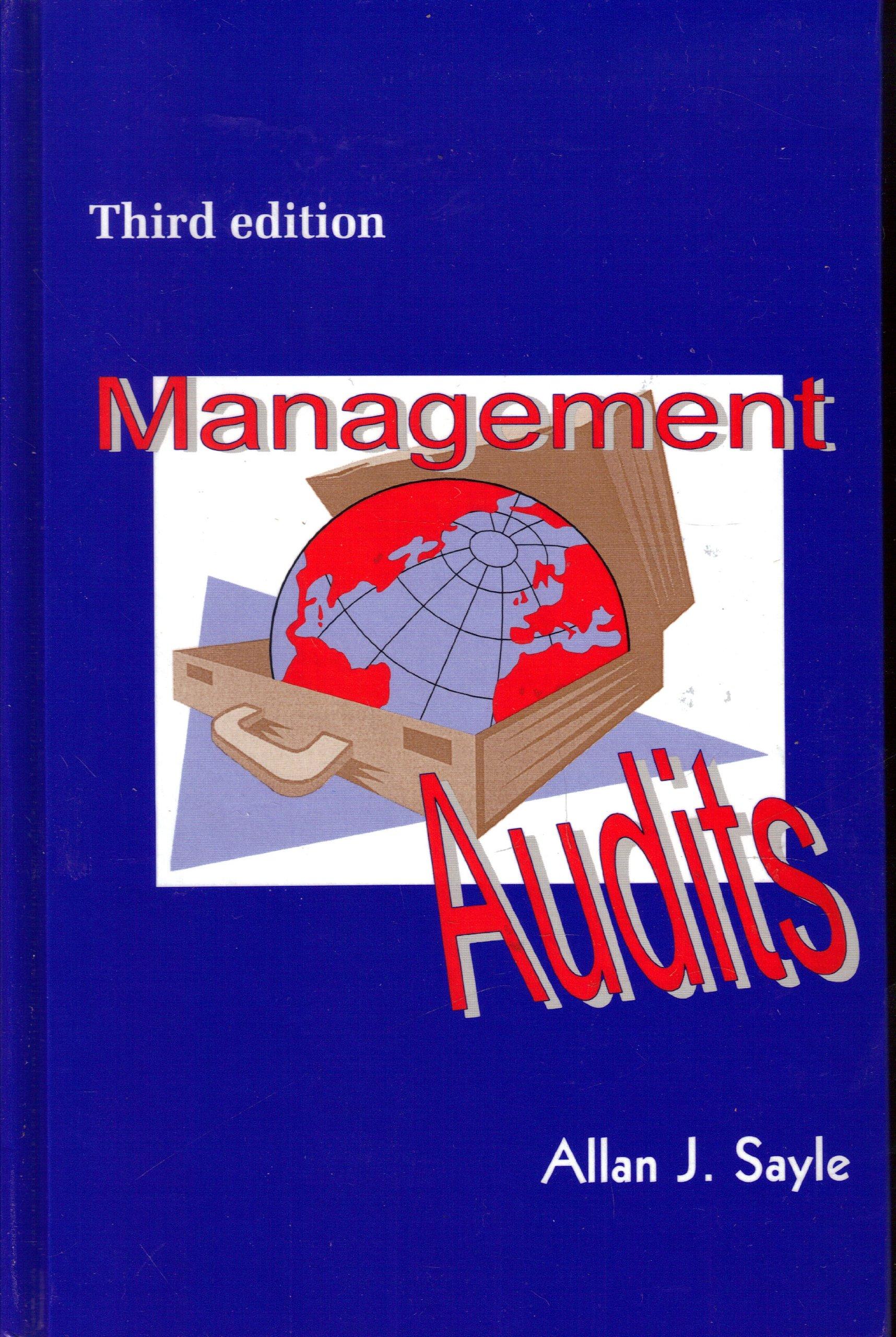Question
Exhibit 2 Model Year Budgets for the ACF ($ 000) MODEL YEAR 1987 1988 1989 1990 Sales Fuel Tanks $70,278 $75,196 $79,816 $83,535 Manifolds 79,459
| Exhibit 2 Model Year Budgets for the ACF ($ 000) | ||||||
| MODEL YEAR | ||||||
| 1987 | 1988 | 1989 | 1990 | |||
| Sales | ||||||
| Fuel Tanks | $70,278 | $75,196 | $79,816 | $83,535 | ||
| Manifolds | 79,459 | 84,776 | 89,323 | 93,120 | ||
| Doors | 41,845 | 45,174 | 47,199 | 49,887 | ||
| Muffler/Exhausts | 62,986 | 66,266 | 0 | 0 | ||
| Oil Pans | 75,586 | 79,658 | 0 | 0 | ||
| Total | $330,154 | $351,071 | $216,338 | $226,542 | ||
| Direct Material | ||||||
| Fuel Tanks | $15,125 | $15,756 | $16,312 | $16,996 | ||
| Manifolds | 31,696 | 33,016 | 34,392 | 35,725 | ||
| Doors | 14,886 | 15,506 | 16,252 | 16,825 | ||
| Muffler/Exhausts | 28,440 | 29,525 | 0 | 0 | ||
| Oil Pans | 32,218 | 33,560 | 0 | 0 | ||
| Total | $122,365 | $127,363 | $66,956 | $69,546 | ||
| Direct Labor | ||||||
| Fuel Tanks | $4,169 | $4,238 | $4,415 | $4,599 | ||
| Manifolds | 5,886 | 6,027 | 6,278 | 6,540 | ||
| Doors | 2,621 | 2,731 | 2,844 | 2,963 | ||
| Muffler/Exhausts | 5,635 | 5,766 | 0 | 0 | ||
| Oil Pans | 6,371 | 6,532 | 0 | 0 | ||
| Total | $24,682 | $25,294 | $13,537 | $14,102 | ||
| Overhead by Account Number | ||||||
| 1000 | $7,713 | $7,806 | $5,572 | $5,679 | ||
| 1500 | 6,743 | 6,824 | 5,883 | 5,928 | ||
| 2000 | 3,642 | 3,794 | 2,031 | 2,115 | ||
| 3000 | 2,428 | 2,529 | 1,354 | 1,410 | ||
| 4000 | 8,817 | 8,888 | 7,360 | 7,433 | ||
| 5000 | 24,181 | 24,460 | 20,063 | 20,274 | ||
| 8000 | 5,964 | 5,946 | 3,744 | 3,744 | ||
| 9000 | 6,708 | 6,771 | 5,948 | 5,987 | ||
| 11000 | 5,089 | 5,011 | 3,150 | 3,030 | ||
| 12000 | 26,936 | 28,077 | 15,027 | 15,683 | ||
| 14000 | 9,733 | 9,784 | 8,025 | 8,110 | ||
| Total | $107,954 | $109,890 | $78,157 | $79,393 | ||
| Factory Profit | $75,153 | $88,524 | $57,688 | $63,501 | ||
| Sales | 106% | 66% | 69% | |||
| Direct Materials | 104% | 55% | 57% | |||
| Direct Labor | 102% | 55% | 57% | |||
| 106% | 66% | 69% | ||||
| 1000 | 101% | 72% | 74% | 1000 | $ 1.10 | |
| 1500 | 101% | 87% | 88% | 1500 | $ 1.33 | |
| 2000 | 104% | 56% | 58% | 2000 | $ 0.85 | |
| 3000 | 104% | 56% | 58% | 3000 | $ 0.85 | |
| 4000 | 101% | 83% | 84% | 4000 | $ 1.27 | |
| 5000 | 101% | 83% | 84% | 5000 | $ 1.27 | |
| 8000 | 100% | 63% | 63% | 8000 | $ 0.96 | |
| 9000 | 101% | 89% | 89% | 9000 | $ 1.35 | |
| 11000 | 98% | 62% | 60% | 11000 | $ 0.94 | |
| 12000 | 104% | 56% | 58% | 12000 | $ 0.85 | |
| 14000 | 101% | 82% | 83% | 14000 | $ 1.26 | |
1 The overhead allocation rate used in the 1987 model year strategy was 435% of direct labor dollars. Calculate the overhead allocation rate using the 1987 model year budget. Why do you get different numbers?
2 Calculate the overhead allocation rate for each of the model years 1988 through 1990. Are the changes since 1987 in overhead allocation rates significant? Why have these changes occurred?
3 Consider product 1 Product 2
Selling Price $62 $54
Standard Material Cost $16 $27
Standard Labor Cost $ 6 $3
Calculate the expected gross margins as a percentage of selling price on each product based on the 1988 and 1990 model year budgets, assuming selling price and material and labor cost do not change from standard.
4 Are the product costs reported by the cost system appropriate for use in the strategic analysis? What decision are you trying to make in the strategic analysis?
Please explain how you got your answers
Step by Step Solution
There are 3 Steps involved in it
Step: 1

Get Instant Access to Expert-Tailored Solutions
See step-by-step solutions with expert insights and AI powered tools for academic success
Step: 2

Step: 3

Ace Your Homework with AI
Get the answers you need in no time with our AI-driven, step-by-step assistance
Get Started


